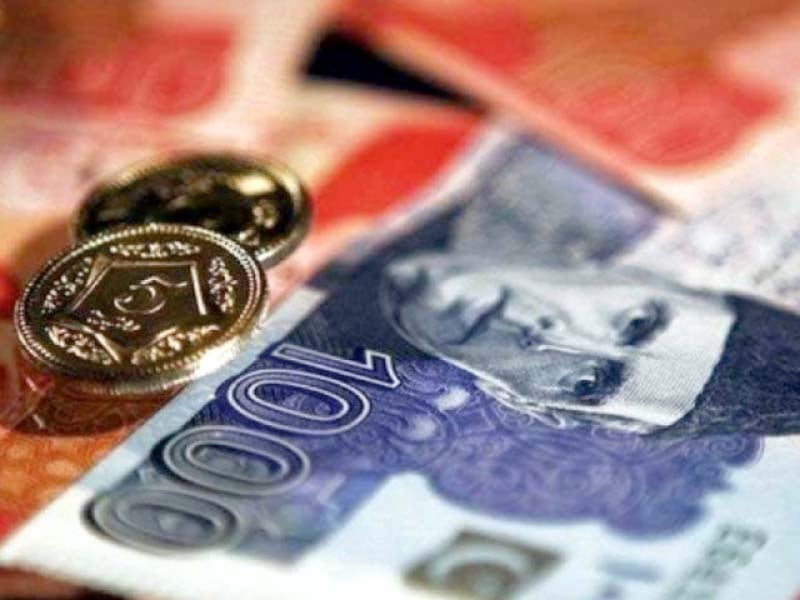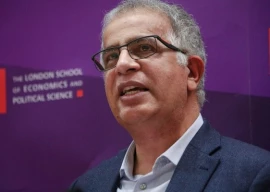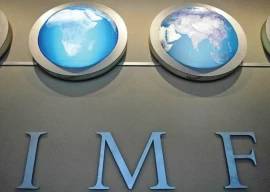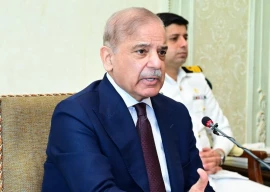
The budget deficit in the first half of FY19, when the Pakistan Tehreek-e-Insaf (PTI) came to power, was worse than the deficits recorded in the July-December period of previous years, when Pakistan Muslim League-Nawaz and the Pakistan Peoples Party were in power.
Debt and defence spending consumed Rs1.36 trillion or 61.2% of the total federal expenditure, according to the Ministry of Finance. The development spending stood at just Rs183 billion or 8.4% of the total federal spending.
The budget deficit widened despite over 27% squeeze on federal development spending by the PTI government in July-December of the current fiscal year, according to a consolidated summary of federal and provincial budgetary operations.
The overall gap between expenditure and income during the July-December period was equal to 2.7% of gross domestic product (GDP). In absolute terms, the budget deficit in the first half widened to Rs1.03 trillion, higher by almost 30% over the corresponding period of previous year. In terms of national output, it was the highest deficit recorded for the first half in the past six fiscal years. Last time, during the July-December period of FY13, the budget deficit had been recorded at 2.6% of GDP. Pakistan had closed the year with a record deficit of 8%.
The deficit ballooned to Rs1.03 trillion despite a reduction of about Rs87 billion in development spending against the ceiling approved by the National Economic Council (NEC). As per NEC limits, the development spending should have been Rs270 billion in the first half, but the actual federal development spending stood at Rs183 billion. It was 27.7% less than the comparative period of the previous fiscal year.
The development spending was also Rs42 billion less than the releases sanctioned by the Ministry of Planning, suggesting that the Ministry of Finance was not honouring it.
The budget deficit widened despite the fact that the four provinces showed a cash surplus of Rs247 billion in the first six months. Excluding provincial savings, the federal budget deficit jumped to Rs1.3 trillion or 3.32% of GDP in the first half.
The trend suggests that the overall annual budget deficit target of 5.1% of GDP or Rs1.95 trillion, which parliament approved in September last year, has become unrealistic. The Rs1.03-trillion budget deficit was equal to 53% of the annual target.
The budget deficit and the current account deficit remain the two biggest challenges for Pakistan’s economy that overshadow the government’s economic performance in other areas. The PTI government has so far been unable to boost FBR’s revenues and contain expenditures.
Overall, total expenditures increased to Rs3.36 trillion during the first half. Current expenditures increased to nearly Rs3 trillion, which were higher by Rs439 billion or 17.2% over the corresponding period of previous year.
The key reason behind the record budget deficit was higher spending on defence and debt. Defence spending in the first half stood at Rs479.6 billion, up Rs86 billion or 22%, compared with the corresponding period of last year. Debt servicing amounted to Rs877 billion, higher by Rs126 billion or 17%.
Domestic debt servicing stood at Rs752 billion, higher by Rs74 billion or 11%. External debt servicing consumed Rs125 billion, higher by more than 51%. The currency devaluation and increase in interest rate by the central bank negatively impacted domestic and foreign debt servicing costs.
In comparison, total revenues including those of the provinces stood at Rs2.32 trillion in the first half, which were down 2.4%. In terms of GDP, the total revenues were equal to only 6.1%, half a percentage point less than the corresponding period of last fiscal year.
The federal government’s tax revenues increased only 3.7% to Rs1.9 trillion in the first half. Other tax collection dipped 17.5% to Rs99 billion.
Non-tax revenues stood at only Rs223.7 billion, also down 26%. The State Bank of Pakistan (SBP) transferred only Rs63.2 billion in profits to the federal government, which was lower by almost 50%.
The federal government transferred Rs1.2 trillion to the four provinces as per their share under the National Finance Commission (NFC) award. Net revenues of the federal government stood at just Rs919 billion, down Rs138 billion or 13%. This is a quite alarming trend, which suggests that the country will slip further deep into the debt trap.
Published in The Express Tribune, February 21st, 2019.
Like Business on Facebook, follow @TribuneBiz on Twitter to stay informed and join in the conversation.






















1715688467-0/Capture-(5)1715688467-0-270x192.webp)












COMMENTS
Comments are moderated and generally will be posted if they are on-topic and not abusive.
For more information, please see our Comments FAQ